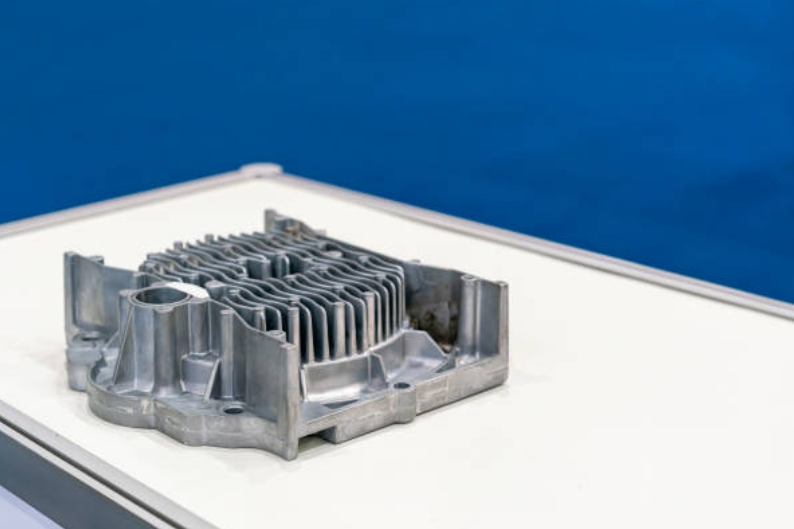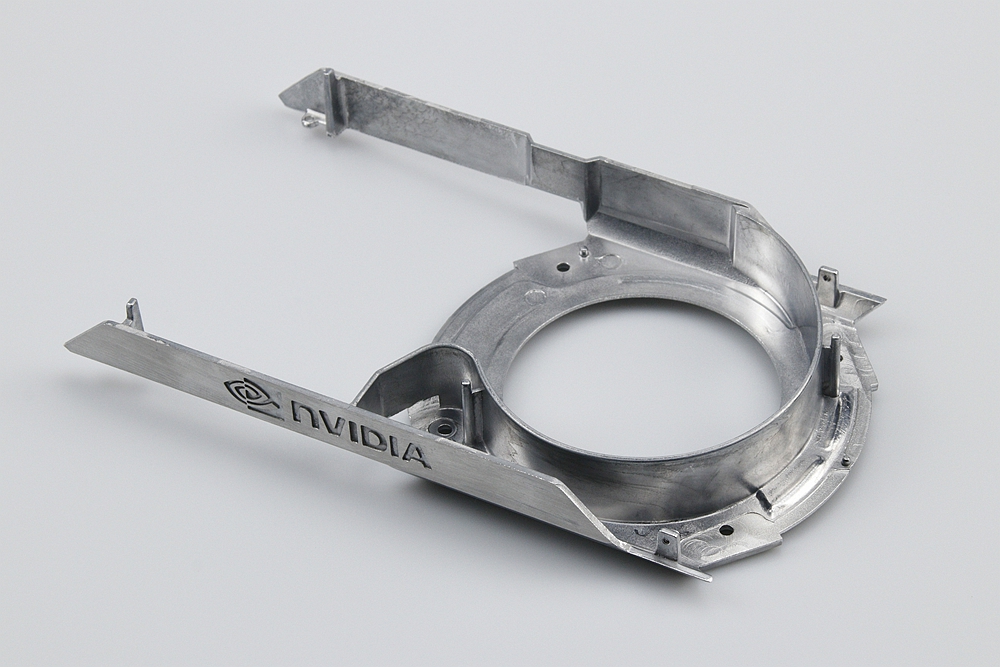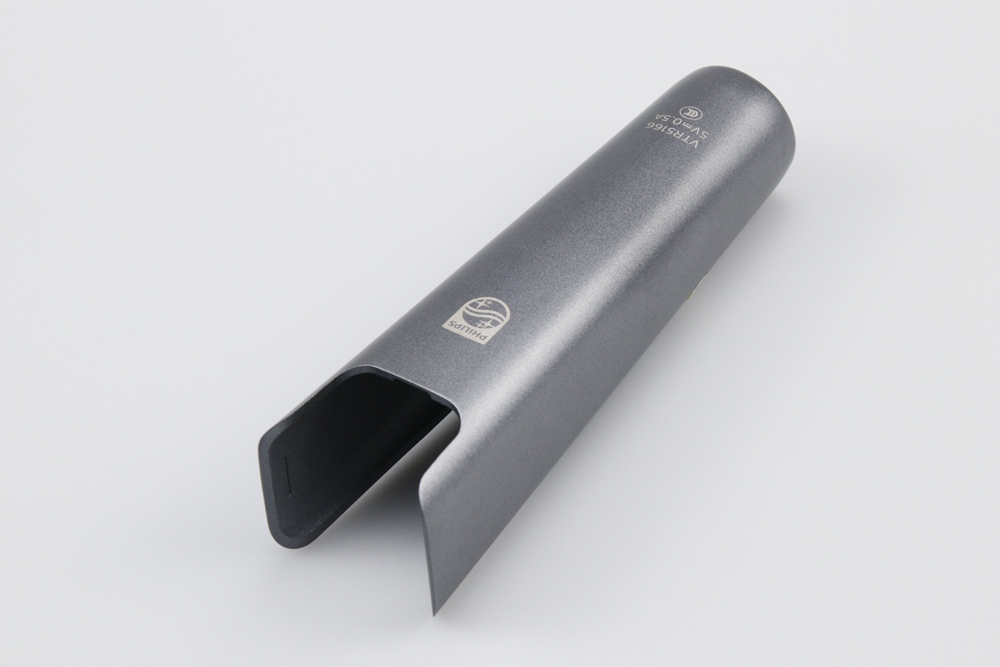What is Cold Shrinkage in Aluminum Die Casting?
Aluminum die casting is a popular manufacturing process for producing complex metal parts with high precision and excellent surface finish. However, like any casting process, it comes with its own set of challenges and potential defects. Understanding and addressing these defects is crucial for maintaining the quality and performance of the final product. One common issue in aluminum die casting is cold shrinkage. This blog will explore cold shrinkage, its causes, how to identify it, and ways to mitigate its effects.
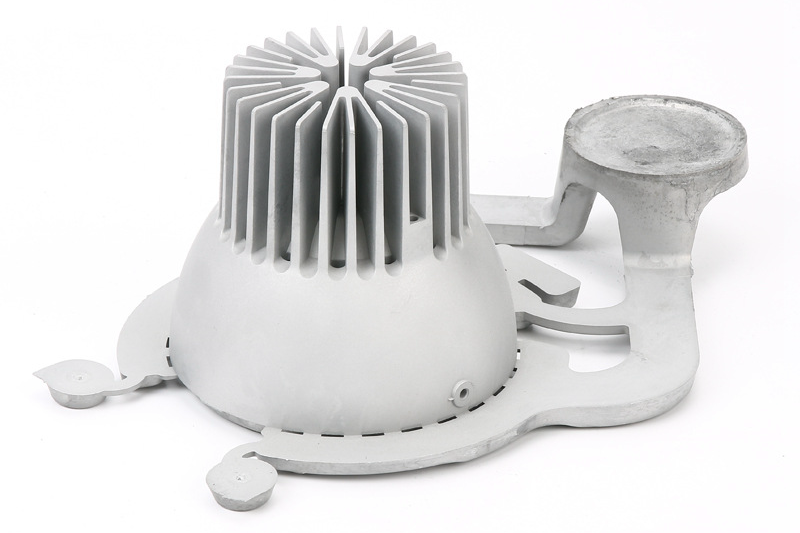
Understanding Cold Shrinkage
Cold shrinkage, in the context of aluminum die casting, refers to the contraction of the metal as it cools and solidifies within the mold. This shrinkage can lead to various defects, such as dimensional inaccuracies, internal stresses, and surface imperfections. During the cooling phase, the aluminum alloy transitions from a liquid to a solid state, and this phase change involves a reduction in volume. If not properly managed, this reduction can result in defects that compromise the integrity and functionality of the cast part.
The significance of cold shrinkage lies in its impact on the final product. For instance, even minor dimensional deviations can lead to assembly issues or performance failures in automotive or aerospace components. Therefore, understanding cold shrinkage and its underlying causes is essential for producing high-quality die-cast parts.
Causes of Cold Shrinkage
Several factors contribute to cold shrinkage in aluminum die casting, including:
Rapid Cooling Rates: When the molten aluminum cools too quickly, it solidifies unevenly, leading to internal stresses and shrinkage defects. The rapid cooling rate can cause certain areas of the part to cool and contract faster than others, resulting in distortions and inaccuracies.
Inadequate Mold Design: The die-casting mold design is crucial in managing shrinkage. Poor mold design, such as inconsistent wall thickness or improper gating and riser placement, can exacerbate shrinkage issues. Uniform wall thickness helps ensure even cooling, reducing the risk of cold shrinkage.
Variations in Wall Thickness: Parts with varying wall thicknesses are more susceptible to cold shrinkage because different part sections will cool at different rates. Thicker sections will cool and solidify slower than thinner sections, causing differential shrinkage and potential defects.
Alloy Composition and Properties: The specific composition and properties of the aluminum alloy used in the die-casting process can influence shrinkage behavior. Alloys with high thermal expansion coefficients or those prone to rapid solidification are likelier to experience shrinkage issues.
Real-world Example: Case Study of a Part with Cold Shrinkage Defects
Consider a case where a manufacturer faced issues with cold shrinkage in an aluminum die-cast component used in an automotive application. The part exhibited dimensional inaccuracies and surface imperfections that affected its fit and function. An investigation revealed that the mold design had inconsistent wall thicknesses, leading to uneven cooling and shrinkage. The manufacturer could eliminate the cold shrinkage defects and produce high-quality parts by redesigning the mold for uniform wall thickness and optimizing the cooling process. Shrinkage problems are more likely to occur in thin-walled aluminum die-cast parts.
Identifying Cold Shrinkage
Identifying cold shrinkage in aluminum die casting involves visual inspection and dimensional analysis. Here are some common indicators and techniques:
Visual Indicators: Cold shrinkage can manifest as surface defects, such as sink marks, cracks, or distortions. These defects are often visible to the naked eye and can be detected during routine quality inspections.
Dimensional Measurement: Using precise measurement tools, such as calipers or coordinate measuring machines (CMM), engineers can detect dimensional deviations caused by cold shrinkage. Comparing the actual dimensions of the part with the specified tolerances helps identify shrinkage-related issues.
Non-destructive Testing (NDT): Techniques like X-ray inspection or ultrasonic testing can detect internal defects and porosity resulting from cold shrinkage. These methods provide a detailed view of the part's internal structure without causing damage.
Comparison with Other Defects: It's essential to distinguish cold shrinkage from other common defects, such as hot tears or gas porosity. Cold shrinkage typically occurs during the final solidification phase. In contrast, other defects might occur at different stages of the casting process.
Mitigating Cold Shrinkage
To minimize cold shrinkage in aluminum die casting, manufacturers can adopt several best practices:
Optimized Mold Design: Ensuring uniform wall thickness and proper gating and riser placement in the mold design can help achieve even cooling and reduce shrinkage. Using computational fluid dynamics (CFD) simulations can aid in designing molds that minimize shrinkage.
Control of Cooling Rates: Managing the cooling rates through process optimization is crucial. Adjusting the die temperature and cooling time helps control the molten aluminum solidification rate. Slower, more controlled cooling can reduce the likelihood of cold shrinkage.
Selection of Appropriate Aluminum Alloys: Choosing alloys with suitable properties for the specific application can mitigate shrinkage issues. For example, alloys with lower thermal expansion coefficients or solidifying more gradually can help reduce shrinkage.
Example: Successful Mitigation Strategies in a Production Scenario
A manufacturer producing aluminum die-cast housings for electronic devices in a production scenario faced cold shrinkage issues. They significantly improved by redesigning the mold to ensure consistent wall thickness and optimizing the cooling process. The redesigned mold featured strategically placed gates and risers to ensure uniform cooling. Additionally, by controlling the die temperature and adjusting the cooling time, they minimized cold shrinkage and produced defect-free parts.
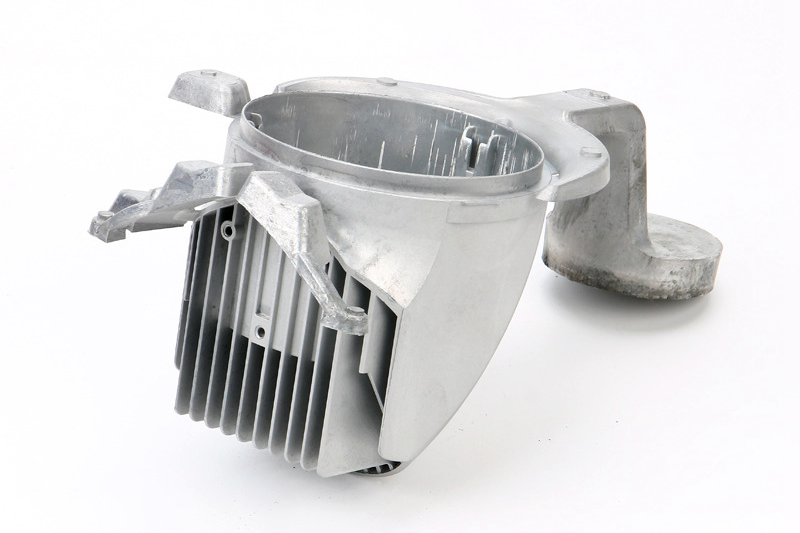
Case Study: Overcoming Cold Shrinkage in Automotive Parts
Introduction to the Specific Part and Its Requirements
An automotive manufacturer required high-precision aluminum die-cast components for engine mounts. These parts must meet strict dimensional tolerances and mechanical properties to ensure reliable performance under demanding conditions.
Challenges Faced Due to Cold Shrinkage
The parts exhibited cold shrinkage defects during initial production runs, leading to dimensional inaccuracies and surface imperfections. These defects affected the assembly process and the overall performance of the engine mounts.
Steps Taken to Identify, Analyze, and Resolve the Issue
Identification and Analysis: The manufacturing team conducted a thorough analysis using visual inspection, dimensional measurement, and X-ray inspection. They identified cold shrinkage as the primary cause of the defects.
Mold Redesign: The mold was redesigned to ensure uniform wall thickness and optimize the gating and riser system. Computational simulations were used to validate the new design and predict shrinkage behavior.
Process Optimization: The cooling process was optimized by adjusting the die temperature and cooling time. The team implemented a controlled cooling rate to ensure even solidification of the aluminum alloy.
Material Selection: A more suitable aluminum alloy with a lower thermal expansion coefficient was selected to produce the engine mounts.
Results and Improvements Achieved
The redesigned mold and optimized process led to a significant reduction in cold shrinkage defects. The parts met the required dimensional tolerances and exhibited improved surface finish. The assembly process became smoother, and the performance of the engine mounts was enhanced.
Lessons Learned and Best Practices for Future Projects
This case study highlighted the importance of addressing cold shrinkage early in the design and production stages. The following best practices were established for future projects:
Conduct thorough mold design reviews to ensure uniform wall thickness, gating, and riser placement.
Use computational simulations to predict and mitigate shrinkage issues.
Optimize the cooling process to achieve controlled and uniform solidification.
Select aluminum alloys with properties suitable for the specific application.
Conclusion
Cold shrinkage is a common challenge in aluminum die casting that can significantly impact the quality and performance of the final product. Manufacturers can produce high-quality die-cast parts with minimal defects by understanding the causes of cold shrinkage, identifying them accurately, and implementing effective mitigation strategies. Proactive measures, such as optimized mold design, controlled cooling rates, and appropriate material selection, are essential for preventing cold shrinkage and ensuring the success of die-casting projects.
Additional Resources
Thinnest Wall in Aluminum Die Casting: How Thin Can We Go?
What Is Parting Line In Aluminum Die Casting Manufacturing?
What Are the Common Surface Treatments for Aluminum Die Castings?
What Material Are Used for Aluminum Die Casting Mold?
Common Defects and Solutions in aluminum die casting
If you found this blog insightful, subscribe for more articles on die-casting and manufacturing processes. Join our webinars or workshops to deepen your understanding and improve your skills. For expert assistance with your custom parts manufacturing and defect analysis, contact Neway today!
